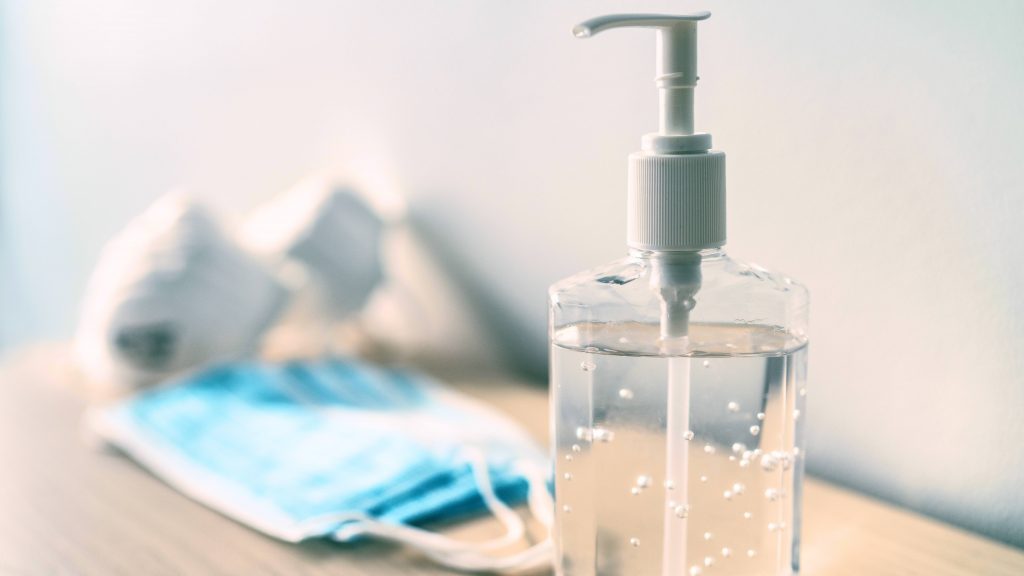-
COVID-19 expert answers questions on restrictions and more

Stay-at-home orders, how the virus that causes COVID-19 behaves, and specific surfaces the virus lives on make up some of the many questions that Dr. Gregory Poland, an infectious diseases expert and director of Mayo Clinic's Vaccine Research Group recently answered.
Read on for the Q&A:
When will social distancing and stay at home restrictions end?
"I try to explain to people that there is a lag period. What we're seeing now reflects the disease transmission that occurred two to four weeks ago. Because we are still in the midst of this, the reality of it is we have to wait until that curve begins to bend down and then wait another two to four weeks before we can say, 'Probably all clear.'"
Is there concern about relaxing restrictions too soon?
"I think every scientist and physician who has talked about this has said the same thing. Now is not the time to talk about relaxing restrictions. We have not yet reached the peak of what this pandemic can and will do in the U.S. We need to stay the course here. We need to work together. We need to be logical. And then we need to watch, wait, be informed by the best data that we can get."
How important is it to keep people home?
"That's part of bending this curve, or flattening the curve is another term used. The idea is simple but profound. You simply cannot get infected with this virus if you don't breathe it in or you don't introduce it to your body with your fingers. You run the lowest risk of either of those happening by being distant from people, not being in public areas, working from home, whatever it takes to prevent person-to-person transmission, and consistent hand-washing."
Watch: Dr. Gregory Poland answers COVID-19 questions
Journalists: Sound bites with Dr. Gregory Poland are in the downloads at the end of the post. Please courtesy "Gregory Poland, M.D. / Vaccine Research Group / Mayo Clinic."
Are there more confirmed cases because of more testing or because the infection is spreading?
"I think both are happening at the same time. Certainly, in places like New York City, we are seeing an explosion in cases. In places like South Korea, that started about the same time we did. They clamped down with restrictions very early in the course of their disease and their outbreak, and we've seen that curve bend down. So both are happening. The thing that concerns us is the peak of the pyramid ― the ones who are severely ill, who require a lot of medical support and care. New York City hospitals are really desperate for supplies and ventilators. This is a serious issue."
What has been learned about how the virus behaves?
"We've learned a lot. Compared to SARS (severe acute respiratory syndrome) in 2002, that dampened down within six, eight months, but that did not have asymptomatic transmission to other people. This virus does transmit asymptomatically. This virus has a relatively high ― what's called reproductive number, which is just a measure if I get infected, how many people on average do I spread it to? We've learned that while children do not get as severely ill or die from it, younger adults certainly do, and they have a misperception about the severity of the disease. We've also learned how this virus causes disease and in whom ― in the older adults, in people who have corresponding medical problems that increase their risk."
How long can the virus live?
"A number of studies have been done. These show that you can detect the virus off of hard surfaces, public surfaces for as long as 17 days. When they went back into the Diamond Princess, this ship had been empty for 17 days. And yet, they could find the virus. It really depends on the temperature. It depends on the humidity ― depends on exposure to UV light. I think the key thing is this is not some exotic virus that is hard to inactivate. This is readily inactivated by dilute bleach solutions and appropriate disinfectants."
What are the types of surfaces the virus can live on?
"Anything that somebody who is infected touches, the virus can survive on that surface. It looks like plastic, stainless steel tend to be surfaces where it lasts longer. All it says to us is you've got to practice good hand-washing and sanitation. So you pump your gas, you sanitize your hands. You go out to shop, you don't touch your face. You don't come into your home or into your car until you've sanitized your hands."
Check the CDC website for additional updates on COVID-19.
For more information and all your COVID-19 coverage, go to the Mayo Clinic News Network and mayoclinic.org.
Related Articles







